“Do you need a time-out?” Have you ever asked this question at home or in the classroom? I know I have, many times. The truth is that I absolutely despise time-out.
In my experience, time-out is totally ineffective and doesn’t accomplish anything, for me as the teacher, or for the child. Time-out forces me into the role of police officer and the child into the role of the bad guy. I don’t know about you, but that’s not a role I want to play at home or in the classroom.
The History of Time-Out
Time-out rose in popularity when corporal punishment fell out of favor. I like to believe this happened because when we know better, we do better. And now we know better when it comes to time out too. Here are some highly effective alternatives to time-out that you can use at home or in your classroom.
The Drawbacks of Time-Out
Here’s the short list of reasons why I don’t like to use time-out:
- Time-out is punitive; it doesn’t teach the child anything.
- Time-out is controlling; it puts me in the position of power and removes all control from the child.
- Time-out is isolating. Why isolate a child when you could create a teachable moment that would be more helpful to the child?
- Kids who go to time-out aren’t thinking about what they did wrong, they’re resentful and angry which can ruin your relationship with the child.
- Not all kids will “take a time-out.” What happens if they say “No!”? Are you prepared for a long, drawn out power struggle?
And that’s just the tip of the iceberg.
Teaching Kids to Self-Regulate
So, what is effective if time-out isn’t? The simplest answer is to teach kids how to identify and control, or “regulate”, their emotions instead of sending them to time out. But this is so much easier said than done. One way to get started on the path to self-regulation is to create a quiet or calm down area in your classroom. Once you have identified your area, then place several books on the topic in the area.
Here are some of the books I keep in my Self-Regulation Station. These books are about feelings, emotions, and specific behaviors like kicking, biting, and hitting.
Hands Are Not for Hitting (Best Behavior Series)
Feet Are Not for Kicking (Best Behavior Series)
Listening Time
Sharing Time
Voices Are Not for Yelling
Words Are Not for Hurting
Teeth Are Not for Biting
It’s Okay to Make Mistakes
Clean-Up Time
If a child is experiencing a big emotion and has acted out by kicking a friend, for example, then I might take the book about kicking off the shelf and look at it with the child. The books pictured here are placed in inexpensive wooden spice racks from IKEA which are attached to the wall.
Hug it Out
Soft things like pillows allow kids to hug, squish, punch, or even cover their face if they feel like it. Sometimes the act of hugging or squeezing something can be very therapeutic. Pictured at the top of this page you can see our emoji pillows. Children can select whichever pillow they prefer, if any, or no pillow at all. The important thing is that it is their choice and they are in control of making that choice.
Calm Down Bottles
These simple bottles can be used to help children who are experiencing big emotions. The bottles pictured here are small, baby soda bottles that are virtually indestructible. Children love watching the water beads move back and forth or the blue “ocean” swirling around. The bottle with clear gel and emoji erasers is perfect for kids who need practice identifying emotions. You can find recipes for many different types of calm down bottles here.
Self-Regulation Station Tools
Here are some other tools you can have available in your Self-Regulation Station:
A safety mirror so children can see what their emotions look like.
Pictures of children showing emotions so they can match the emotion they see in the mirror with one in the picture. These pictures can be in the form of a poster on the wall or a set of cards on a ring. These printable emotion and feeling resources are perfect for the self-regulation station.
Pictures of yoga poses. If you practice yoga with your class and your kids are familiar with certain yoga poses, then place a few posters or cards featuring those poses in your self-regulation station. Yoga is a great tool that can help children regain control of their emotions. Here’s a printable yoga kit to help you get started with yoga in your classroom.
I saved the best for last, teaching kids calming techniques that can use when they are experiencing big emotions is definitely the most helpful tool you can provide for your students. There are many different calming strategies to to choose from in this kit, invite your kids to select those they like best.
Teaching Trailblazers
Classroom management is always a struggle. The best place to discuss teaching best practices and get the support you need is in the Teaching Trailblazers. We have many printable lessons and on-demand video trainings to help you be the best teacher you can be! If you want to get on the waiting list for the Teaching Trailblazers, do it soon so you don’t miss the next open enrollment period!
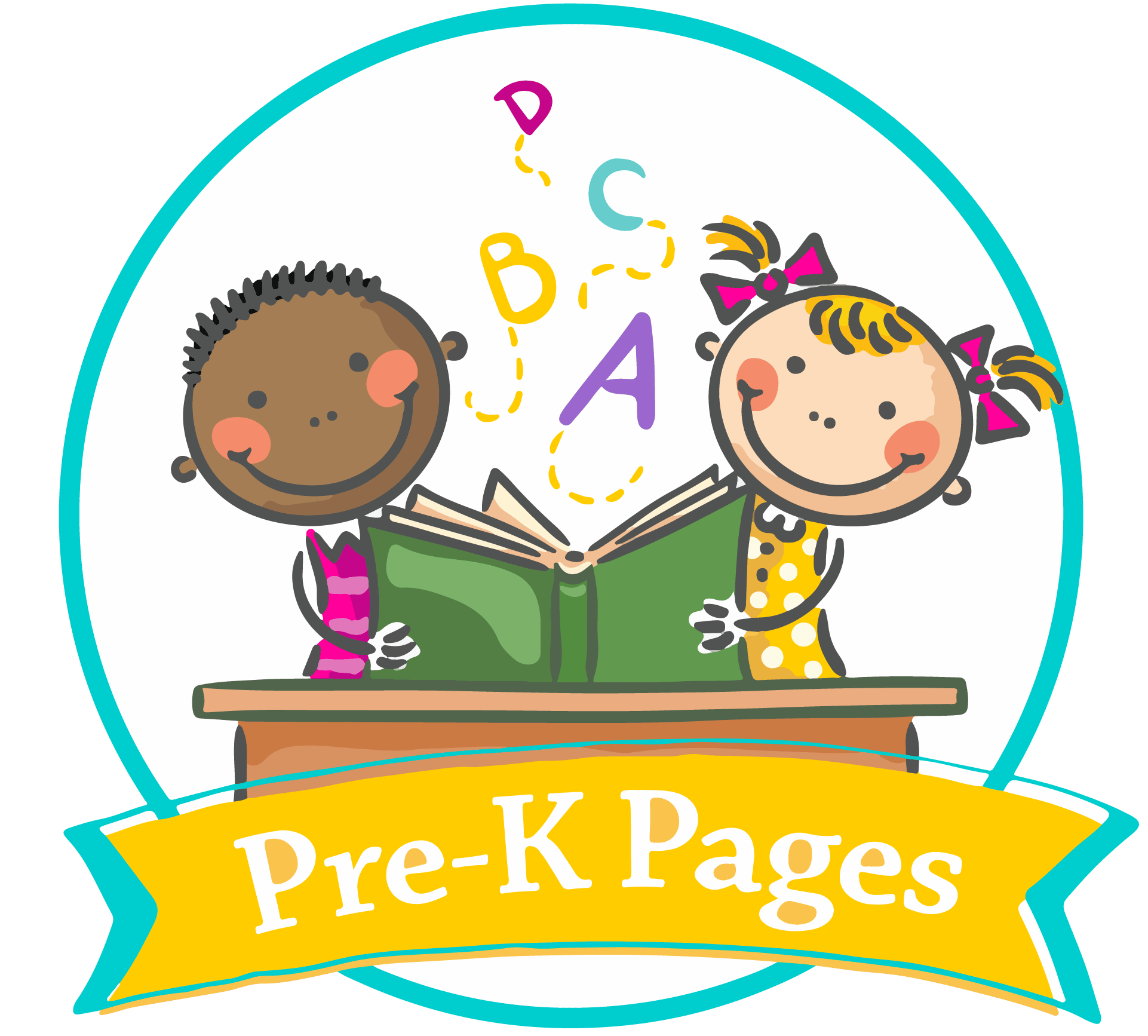
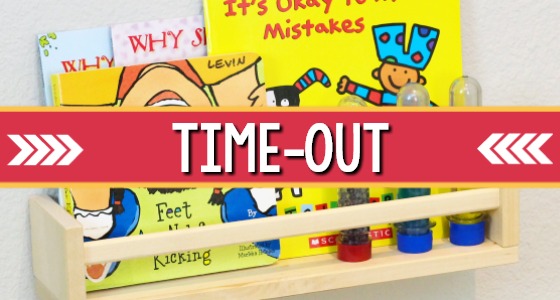
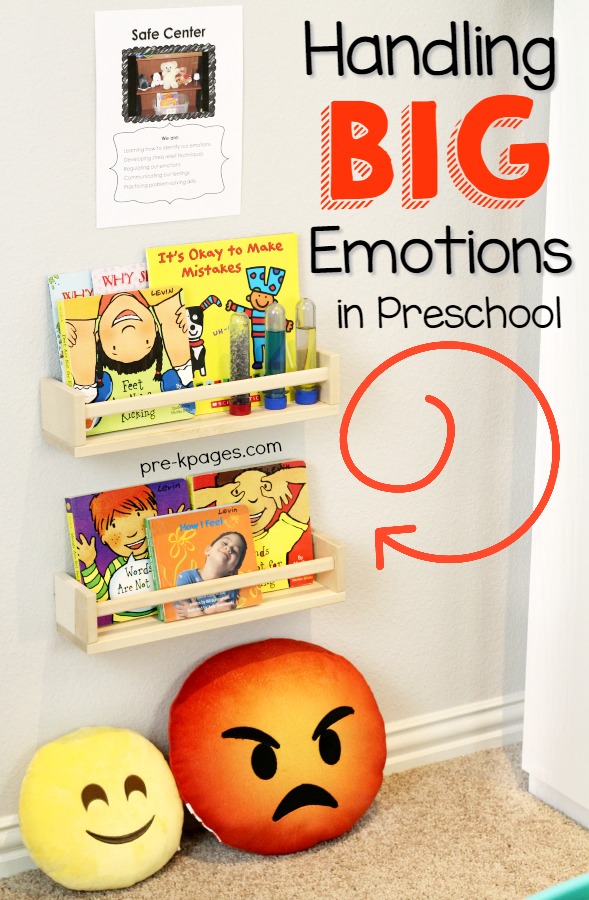



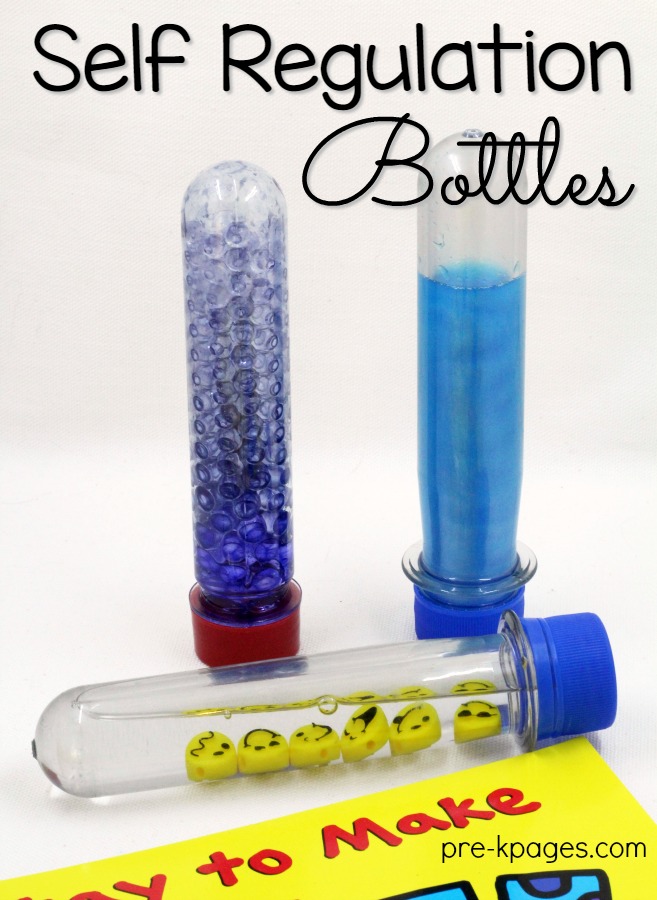
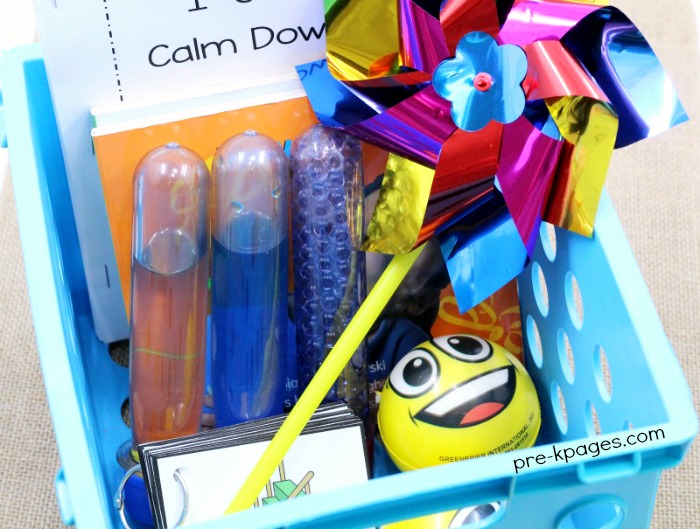



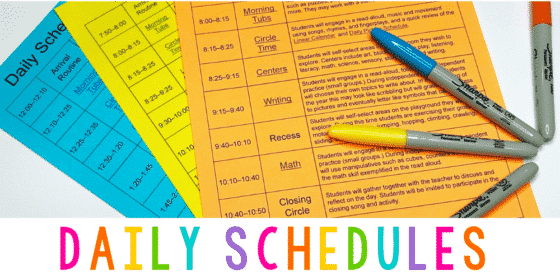
![[Image: How to prevent kids from biting]](https://www.pre-kpages.com/wp-content/uploads/2022/10/EEC066_wide-NEW-500x500.png)
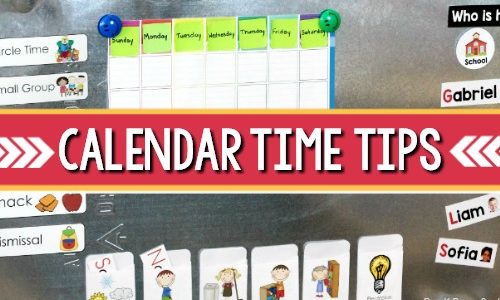
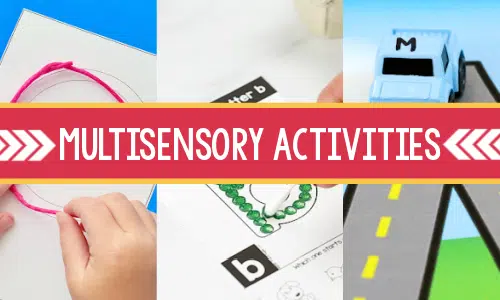
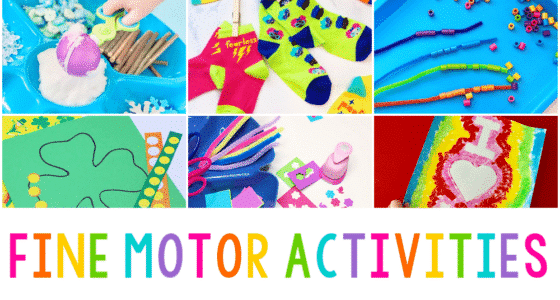
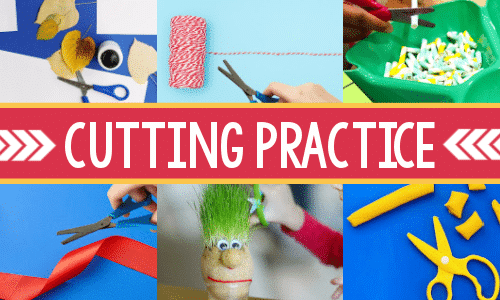
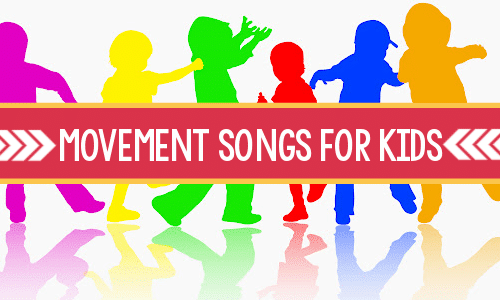
I came into class as a new lead teacher in late October. I have kids spitting at me, telling me no, refusing to acknowledge me when I speak, and one students who is hitting me and students. I just took over class and walked into this mess. Positive reinforcement works for a minute. Redirection doesnt wotk because we are having power struggles. Time out seems to never been used in class. I have started it for a first hitting offense. It is a very violent class. Time out seems to be cutting it down a bit. Playground and center time is the worst. I need help !
Have you watched my training webinar titled Keep Calm and Carry On yet? If not, here’s a link: https://www.pre-kpages.com/products/keep-calm-carry/ I think you may find some practical and helpful ideas you can start using right away in your classroom.
I am thrilled. I really appreciate these reawakening alternatives. I can’t wait to have them as it would help me as much as it would for my kids and pupils.
Thanks
I do agree with a lot of what you say and use very similar methods, but it’s still a time out corner.
‘Time out’ is not a punishment.
It’s a safe and comfortable place for children to manage their emotions.
This also gives anyone who was on the receiving end of any outburst or challenging behaviour – a break from it and space to manage their own emotions.
Children then learn to use this space whenever they need it, and consequently, there is rarely the need to send them there.
I’m so happy that you are using time-out in a positive way that works for you and your students. Unfortunately, many teachers do not use it in this manner. In this case, it’s all about how you use it and not so much what it’s called.
Although I am a K teacher, I find your posts so “on the money”! We just had a staff meeting about this very topic. The school is looking to move away from time outs and lean toward re teaching.
That’s awesome Paula! I’m so glad you liked this post. I hope your school finds a solution. I love Conscious Discipline by Dr. Becky Bailey.